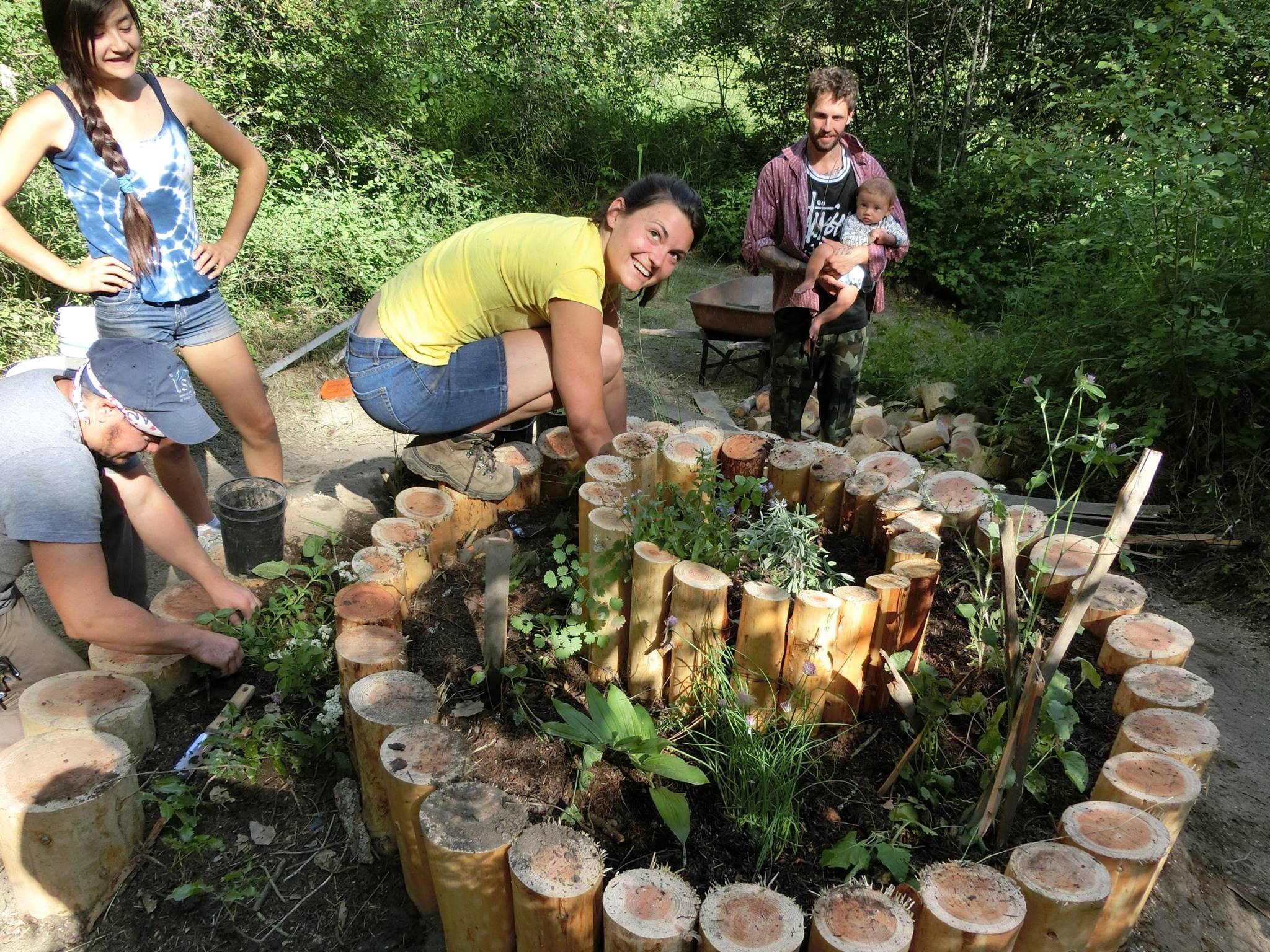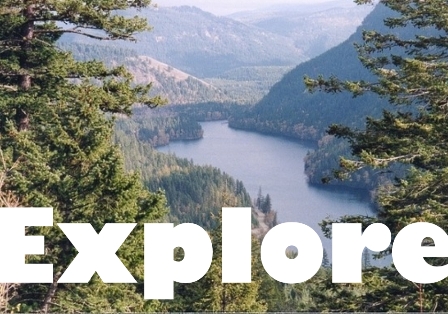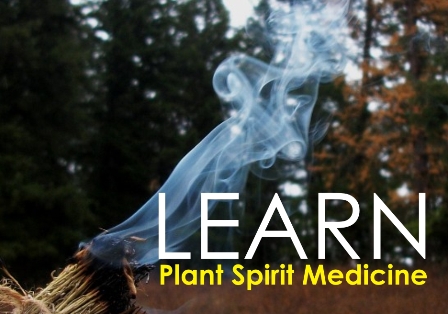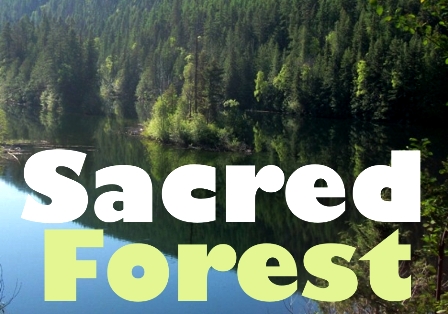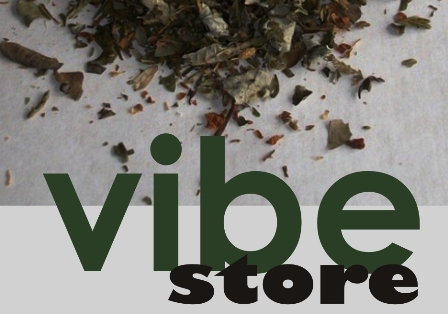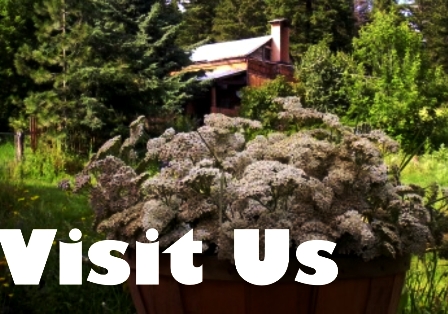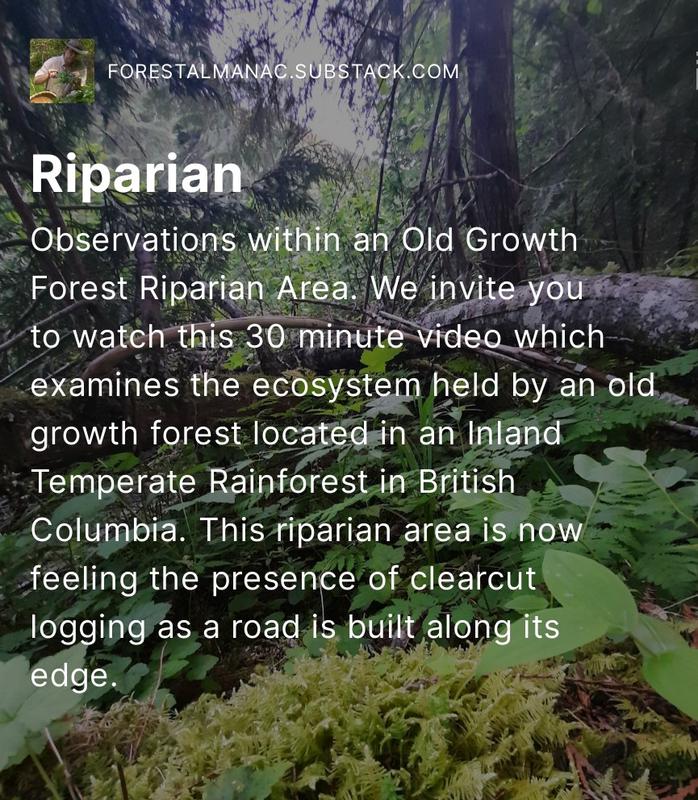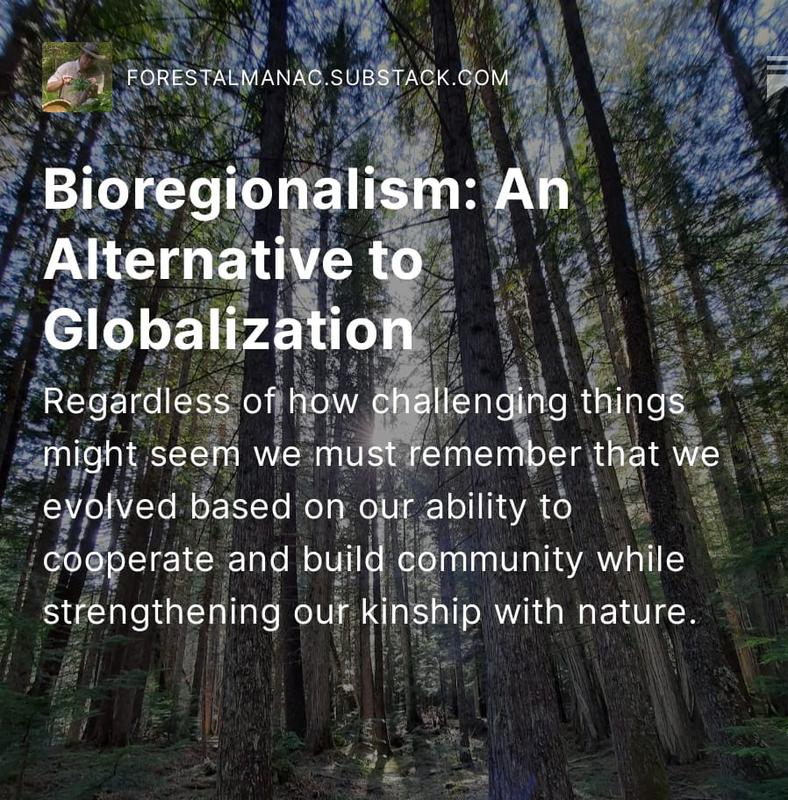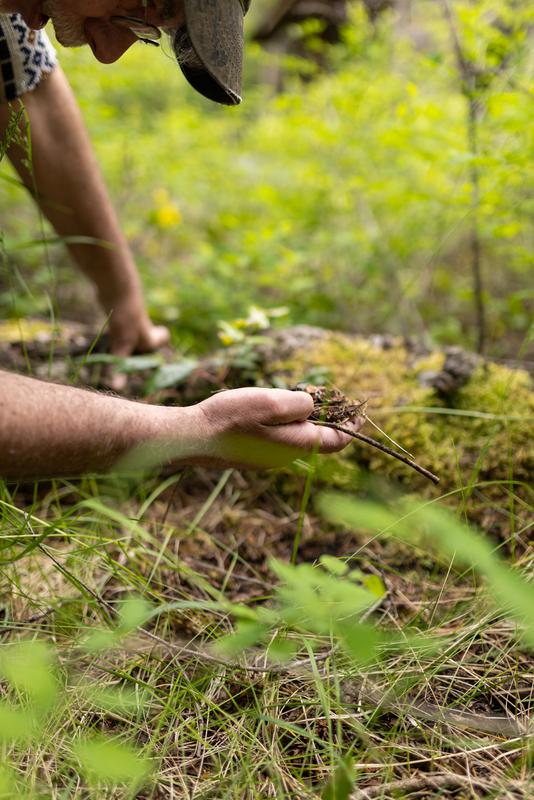contact the forest
250.547.2001
DISCOUNT FOR WILDCRAFT FOREST SCHOOL CERTIFICATION HOLDERS
If you currently hold a Wildcraft Forest School Practitioner Certification in Yasei Shinrin Yoku, Shamanic Coaching, Wild Alchemy or Wildcrafting you can attend the Sanctuary Forest Design Program at reduced rates. Please email us to confirm that your certification is eligible. Upon eligibility your registration fee is $900 cdn for a 5 day camp with online support.
Each camp carries a maximum of 10 people so register as soon as you can.
There are three different training programs which represent our Sanctuary Forest Initiatives. Explore these programs to see which
ones are a good fit for you.
REGULAR REGISTRATION
Sanctuary Forest Design Camp Series
Regular Cost: $1800.00 (Canadian Dollars) per person
You may register using this secure Paypal link:
Riparian - Observations within an
Old Growth Forest Riparian Area
We invite you to watch this 30 minute video which examines the ecosystem held by an old growth forest located in an Inland Temperate Rainforest in British Columbia. This riparian area is now feeling the presence of clearcut logging as a road is built along its edge.
Don Elzer shares his thoughts and observations within this footage that we call “Riparian”
Regardless of how challenging things might seem we must remember that we evolved based on our ability to cooperate and build community while strengthening our kinship with nature.
These are challenging times and indeed change is self-evident and it emerges in small trends and movements. The pandemic caused a global social and economic lockdown which created a historical event that shifted existing trends. More people are now moving out of cities which are fueling a “counter urbanization” movement.
The need for becoming more locally independent is gaining interest and there is a search for information and opportunities to change lifestyle, shelter and place of work.
There is a renewed and expanded interest in being closer to nature, closer to healthy food and clean air and water. There is also an expanded interest to find one’s “tribe”. All of this is generating new thought in philosophical circles – one area that discussions are migrating towards is “bioregionalism”
You may also register by Interac or
Wells Fargo Transfer. Send us an email and we will send you instructions.
- Camp Accommodation is Included
If you have questions please email us or call 250.547.2001
Wildcraft Forest School - Camp Programs
Sanctuary Forest Design Program
Stewardship and Regeneration Certification Training
Delivered within a year long semester program that includes in-person camps, live conferences, online learning and a mentorship process.
A Sanctuary Forest represents a location where stewardship is taking place which seeks to protect, expand or rewild the natural biodiversity of a place. A Sanctuary Forest is also seen as a spiritual centre where the stewards of the place have created a sentient relationship with all of the biotic beings located there. It can be located on private or public land and is largely placed there by the sheer will of those individuals willing to steward that place. A Sanctuary Forest is created upon certain pillars that include stewardship, science, sentience, spirit, semiotics and sanctuary.
A Sanctuary Forest can be of any size, stewards are provided with training and toolkits so that they can better understand their role and responsibility. Sanctuary Forests help to seed stewardship within areas where it has become lacking. This effort seeks to create an understanding that the natural world is sentient. Sanctuary Forests provide a platform for learning about the natural world, and for research and data collection – these forests can be networked regionally and globally.
The design of a Sanctuary Forest also includes a plan for human habitat, a food and medicine forest and commercial gardening operations which do not conflict with the regeneration of wildlands and the biodiversity of wild species.
This Sanctuary Forest Program represents a year of learning based on in-person camps, online lessons and conferences. The program is supported by field skills in stewardship. This program focuses on rewilding farms, gardens, communities, remote landscapes and interface landscapes and provides participants with a range of learning environments and is ideal for gardeners, farmers, landscapers and other food and agriculture specialists seeking to incorporate rewilding into their scope of operations or workplace. The series focuses on Wild Habitat Forests, Food Forests and Medicine Forests as well as demonstration forests for practicing spiritual ecology and forest therapy.
Upon successful completion of this program participants will be provided with a Sanctuary Forest Design Certificate which can assist them in both career and self-employment endeavors especially suited for food and medicine production, agriculture, landscaping and restoration work as wells as education and community development fields including engineering. This camp series is also a great way to learn about better health and lifestyle choices and gives participants a chance to explore pristine environments and capture land-based skills which become an asset for small footprint off-the-grid living.
Program Details
Section 1
Offers an understanding of what a Sanctuary Forest is as well as how to create a tangible relationship with nature through stewardship and regeneration. Sessions also seek to outline Bioregionalism and the interface that exists between human needs and nature and the importance of understanding the science that best supports stewardship.
This section includes the following learning nodes:
- What is a Sanctuary Forest?
- The 300 Year Plan
- Six Pillars Teachings
- Sentience
- The Spirit Tree and Yasei Shinrin Yoku
- Wild Relationships
- The Science You Need to Know
- Climate Change Local and Planetary Actions
- The Meta-Nature Interface
- Bioregionalism Mapping and the Community Interface
Section 2
This section offers an understanding of the different “values” found in a forest. We will be examining spiritual and economic values and how to create and support these value chains so that a living forest can be maintained and regenerated. We will move through some exercises as independent challenges in order to comprehend design and action processes.
This section includes the following learning nodes:
- The Forest as a Sacred Place like a Forest Temple
- Mother Trees and Spirit Trees
- Spirit Trees
- Design of Sanctuary Forest as a pan-spiritual location.
- The Forest to Human Interface
- Forest and Health
- Nature Communication, Chakras and the Pineal Gland
- Forest Meditations and Exercises
- Expanding the Story for the Site
Section 3
This section moves into the practical applications regenerating natural systems and the alchemical and biodynamic methods that are used as we seek to work with soil, fire, water and various energies.
This section includes the following learning nodes:
- Understanding Natural Energies and Frequencies
- Qi of Place and Energy
- Creating a Site Plan engaging with Energy and Dowsing, Prime Meridians and Ancestral Memory
- Understanding Ghost Ecosystems and Shadow Biodiversity
- Sanctuary Forest Approach and the Context of Spiritual Ecology and Regeneration.
- Observation and Study Methods
- Engaging with Guides and Messengers
- Understanding the Landscape and In-formation
Section 4
This section examines biotic and abiotic relationships and explores how a Continuous Forest functions as well as a Riparian Zone. It also provides a working understanding of Carbon and Conservation Offsetting as well as other opportunities.
This section includes the following learning nodes:
- Riparian Systems
- Connectivity and the Continuous Forest
- Carbon Offset Inventory Methods
- Conservation Offset Methods
- The Food Forest and Other Values (Food, Medicine, Experiences etc)
- Ecosystem and Micro-site Mapping
- Site Monitoring and Adding Value to Nature
- Carbon Offsetting Actions
- Biodiversity Offsetting Actions
- Determining Carrying Capacity and Expectations
- Over, Mid and Understories
- Biotic and Abiotic Behaviour
- Study of Plant Guilds and Relationships
Section 4
This section includes an understanding of natural energies and frequencies that exist within an area that your called to. The section has sessions that share teachings about relationships and ecosystems, ecological principles and how nature works. We will learn methods connected to seeding, transplanting, planting and growing wild species in a native ecosystem. We will explore a wild soil system and how to regenerate that system and to understand how the nature landscape is formed with is cycles and relationships.
This section includes the following learning nodes:
- Trees, Forests and Supporting Relationships
- Planting Trees and Guilds
- Industrial Damage and Human Impacts
- Timeline and Capacity Challenges
- Nursery and Planting Methods
- Soil Structure and Engineering
- Seed Saving, Plant Breeding and Root Stock
- Biochar and Biodynamic Soil Building
- Understanding a Riparian Zone
- Study of the Site – Contours and Channels
- Creating a Wild Plant Nursery
- Planting Trays and Transplanting
- Water, Weather and Microclimates
- Problem Solving Approach and Covert Planting Actions
- Indigenous Sciences
- How Rewilding Works in a Urban/Suburban area or a Front Country or Backcountry area
Section 5
This section includes an understanding of the present cultural narrative connected to nature. What are the incentives which drive individual and community change? We explore sentience in nature as a practical helper and guide. We examine aspects of Sanctuary Forest Design and overall community design as it exists within the context of social values and regulation. We explore the long-term stewardship aspects of a forest and options to be considered as you transform to be part of the site.
This section includes the following learning nodes:
- 300 Year Stewardship Plan
- Base Camp Design and Plan – Carrying Capacity Issues
- How will Nature Help?
- Water and Climate Cycles
- Access Issues
- Creating the Story for a Sanctuary Forest that includes Experiences, Wild Relationships, Nature to Human Communication, Alchemy and Science
- Wildcrafting Methods
- Mixed forest, pasturelands, front and backcountry interface.
- Stewardship Homesteading and the 5-10 square foot working forest.
- Sustaining the Long-term View
Camp Details
- These camps include comfortable tents with beds, kitchen and bathroom facilities.
- Regular registration fee is $1800 (Canadian) per person.
2026 Semester Camp Program Dates
Availability last updated on November 20, 2025
- May 29-31 - 4 Spaces Remaining
- June 5-7 - 4 Spaces Remaining
- September 18-20 - 2 Spaces Remaining
"Riparian" a tutorial about the importance of riparian areas. Created by the Wildcraft Forest Channel.
